ISDI Capstone Spring 2021

As part of the Sustainable Futures Programme, JSW Realty collaborated with Indian School of Design and Innovation, Mumbai to recruit two candidates as part of a work-study Capstone Project. These projects encapsulate the commitment toward the notion of sustainability in practice as well as in theory.
The programme entailed working with students from the Strategic Design Management and Product Design courses to work alongside various teams at JSW Realty.
Product Design
Project Proposal:
“The diverse culture & tradition of India has given rise to various forms of art and craft in the country. Handicrafts is the expression of the country’s history; this sector has the super-power to lead in both sustainable production and consumption. The handicrafts sector is one of the most productive sectors. After agriculture, the handicraft sector is the second largest in generating employment opportunities and livelihood opportunities for rural India.
With the invasion of rapidly increased mass-scale production techniques, survival of the traditional handicrafts is at stake and the art sector of the country is slowly diminishing. The objective of the project is the revival of these beautiful handicrafts of the country and providing the artisans with a way of living by reviving the community and by creating an economic mechanism of livelihood where the power lies with the people."
The foundation of this Capstone Project was based on JSW Realty’s goal of providing a platform to revive the craft of pottery in a village called Sandur.
Akshaya Murali, student of ISDI’s Product Design programme, worked alongside JSW Realty to make this vision a reality.
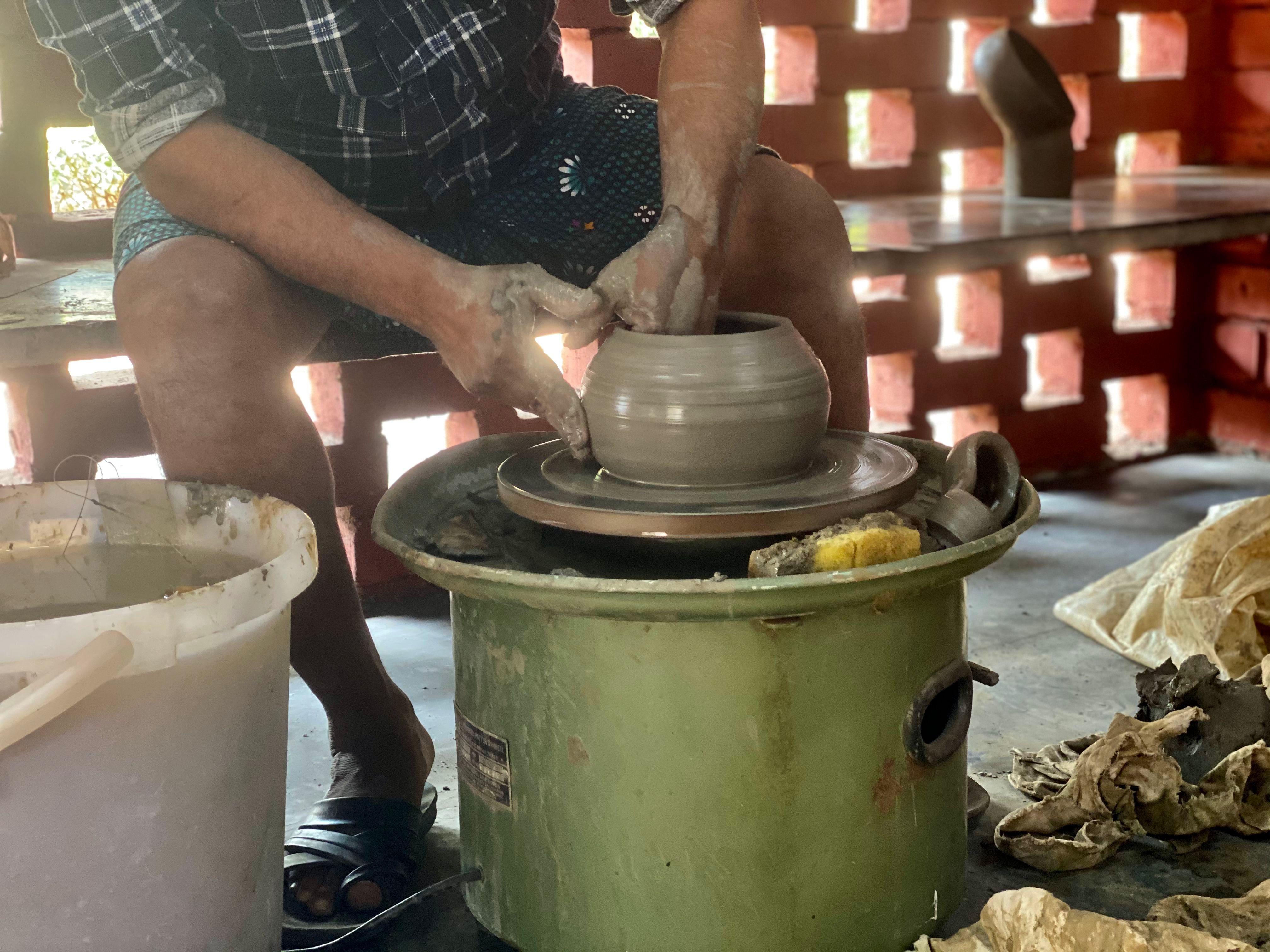
A craftsman of Sandur throwing a pot on the wheel
Pottery happens to be one of the most prominent forms of craft in India. Several communities across the nation dedicate their lives towards this craft form using techniques passed down through several generations. Today, the number of potters in each village has decreased drastically as many have shifted to other day jobs.
JSW Realty identified the problem of the art of pottery slowly fading away in several parts of the country, and Murali’s project focuses on solutions to reviving the craft form.
Aim of the Project:
To revive the craft and help the artisans earn a living. We aspire to provide a platform that showcases the talents of these artisans and encourages sustaining this traditional craft form by collaborating with the community and building products with contemporary designs, moving away from the traditional pottery style but retaining the indigenous techniques.
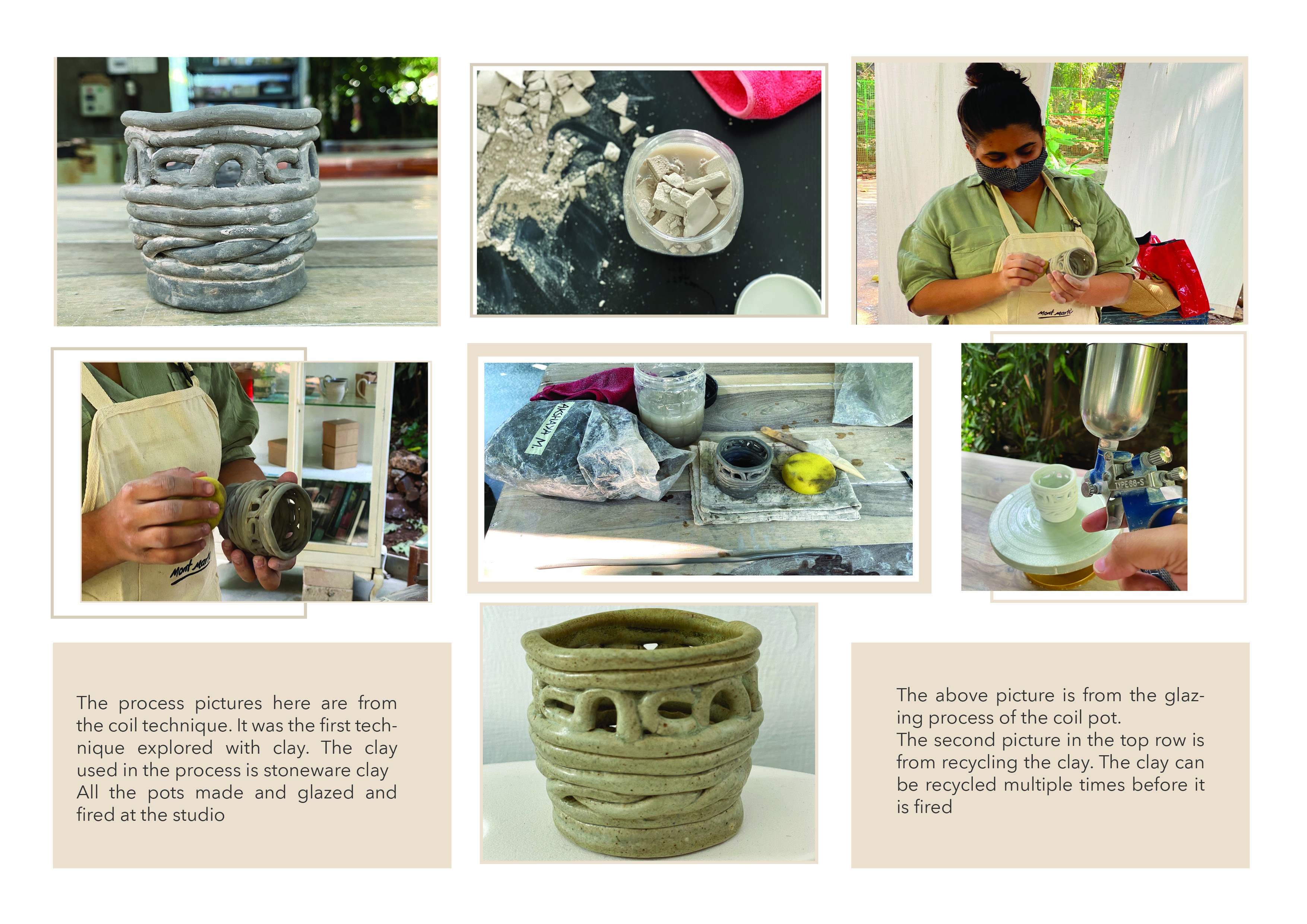
Excerpt from Murali's Capstone Project on learning different techniques during the pottery course
“I was really grateful to have been given so much hands-on experience while working with JSW Realty. As a part of my internship, I was given the chance to go for a pottery course where I got to learn about various techniques and materiality up-close. These learnings from the course also helped me in exploring the material further and working on newer forms with these techniques,” Murali says about her experience learning pottery.
She also had the opportunity of travelling to Sandur, a pottery village in Karnataka, where she worked alongside experts in ceramics and local artisans.

Excerpt from Murali's Capstone Project on working with the artisans of Sandur at JSW's Pottery Ceramic Studio in Vijaynagar, Karnataka
“My experience living in Sandur for three weeks was such an eye-opener! I got the chance to meet so many talented people who taught me so much about pottery. Being given the freedom to explore design and materiality allowed me to enhance my skills and identify strengths and weaknesses and build upon them alongside experts,” she says.
Murali’s findings led her to create design guidelines that can be followed by artisans or anyone who wants to learn and explore the material, clay. These guidelines are customised and own interpretations from the learnings and experiments. The design guidelines are for three commonly used pottery techniques- slab construction, coil construction and throwing on the wheel technique.
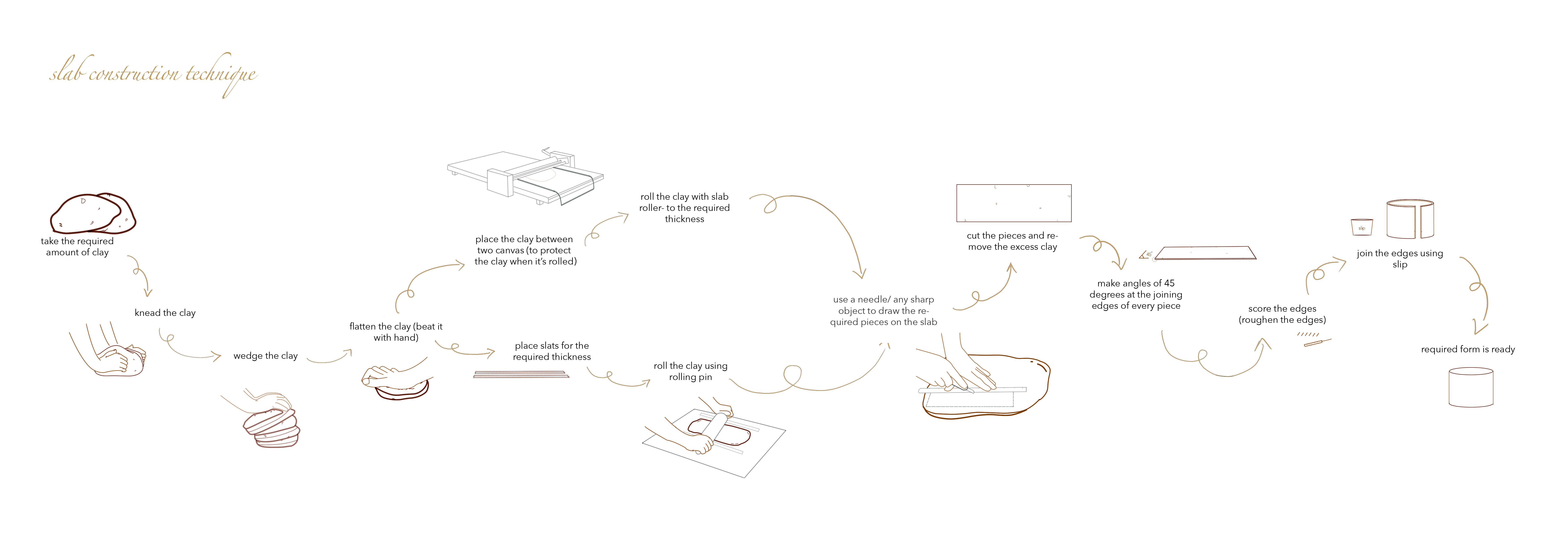
Murali's Design Guideline for the Slab-Construction Technique
“The main problem faced by the artisan is to understand which technique to use for different designs. They needed guidance to know how to build a particular design. They were open to learning other techniques. I helped the artisans with the other techniques like slab and coil construction by giving inputs on how to combine techniques to produce new designs, explained the significance of details & finishes in the products and took measures for quality control.
As a result, we received finished products with necessary details, increase in the overall production in shorter time period and proper control over quality check. Also, learning the other techniques opened up a wider market for the artisans as they can produce many more forms now," says Murali.
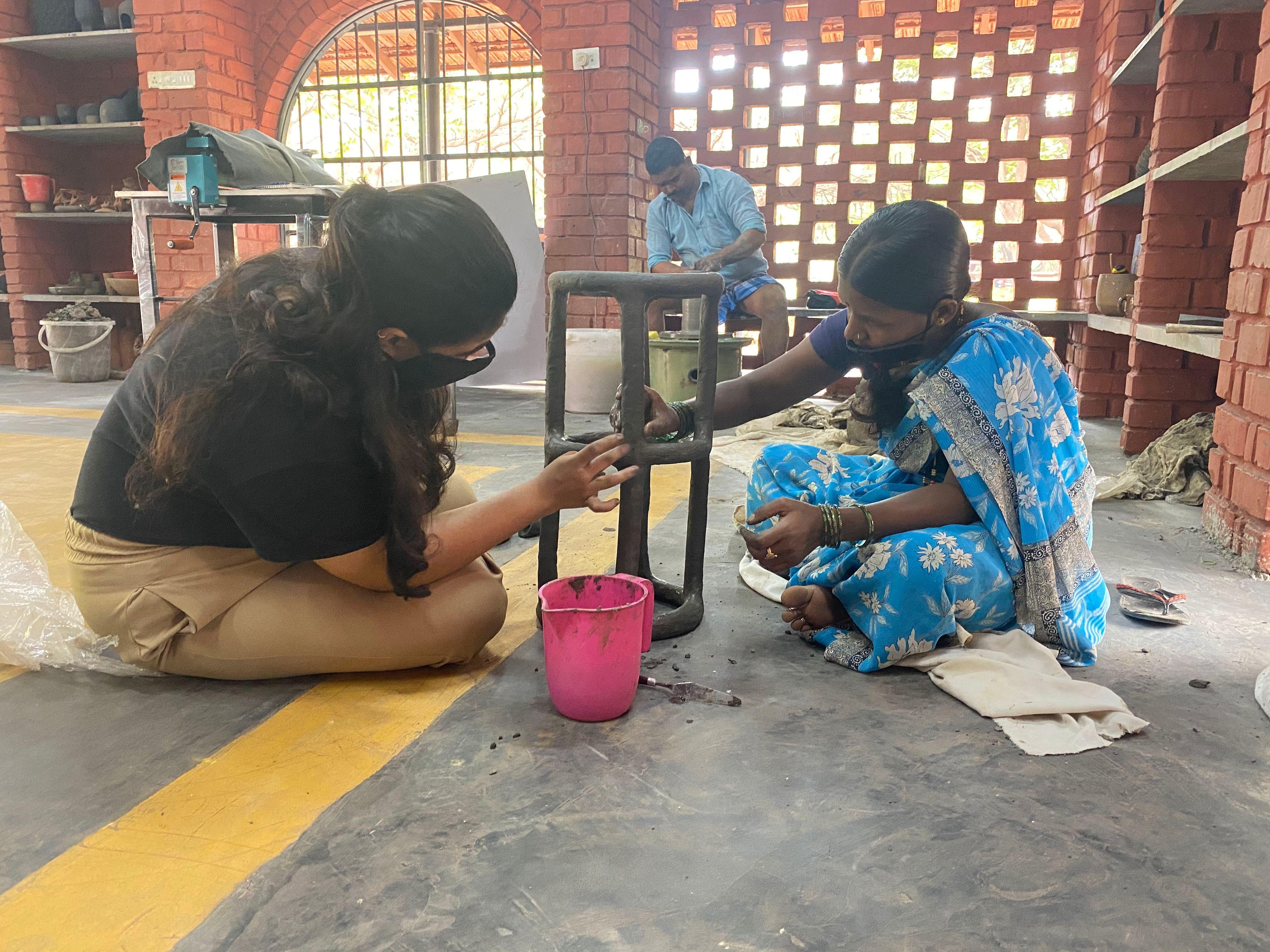
Murali guiding the artisans of Sandur with the coil technique to produce accurate design forms
"I am excited to see what’s in store for the pottery studio in Sandur. It was great seeing the way they created the different designs we collaborated on even after I left and I am glad I got the opportunity to create an impact and support local artisans,” says Murali on the future of Sandur.
Strategic Design Management
Project Proposal:
“How can we create an efficient master list, with an emphasis on team members not missing out on tasks, focusing on daily work and making sure everyone is on the same page at any given time”
Preet Ruparelia, student of ISDI’s Strategic Design Management programme, worked alongside JSW Realty for her Capstone Project.
Ruparelia’s project proposal was focused on Workplace
Efficiency and how teams could optimise their time on a daily
basis to ensure maximum productivity.
Aim of the Project:
To propose how JSW Realty can work out a
task flow with their employees, using strategic design
processes by involving and understanding the needs of all the
different stakeholders.

Figure 1. Common Needs
Being mentored by senior leadership throughout the project, she said, “the support and guidance by upper management at all times was really encouraging. It gave me the confidence to implement my research in ways I never thought possible.”
Ruparelia’s process involved analysing all tools that were already in use, and identifying the scope of constructive development and efficiency frameworks that could be adopted by the company.

Figure 2. Loop Source
“Working alongside so many different teams within a company was new to me. I was used to working with designers, but here I worked with people across the board whom I gained so much knowledge from!” She says. “This experience has definitely taught me how to collaborate with people and work in a team effectively.”
Ruparelia’s findings showed that the resulting solution was on- boarding the existing team to a Project Management Software called Asana. For this, she designed a user manual to equip new team members with knowledge on how to use the software ensuring an efficient working ecosystem for the future
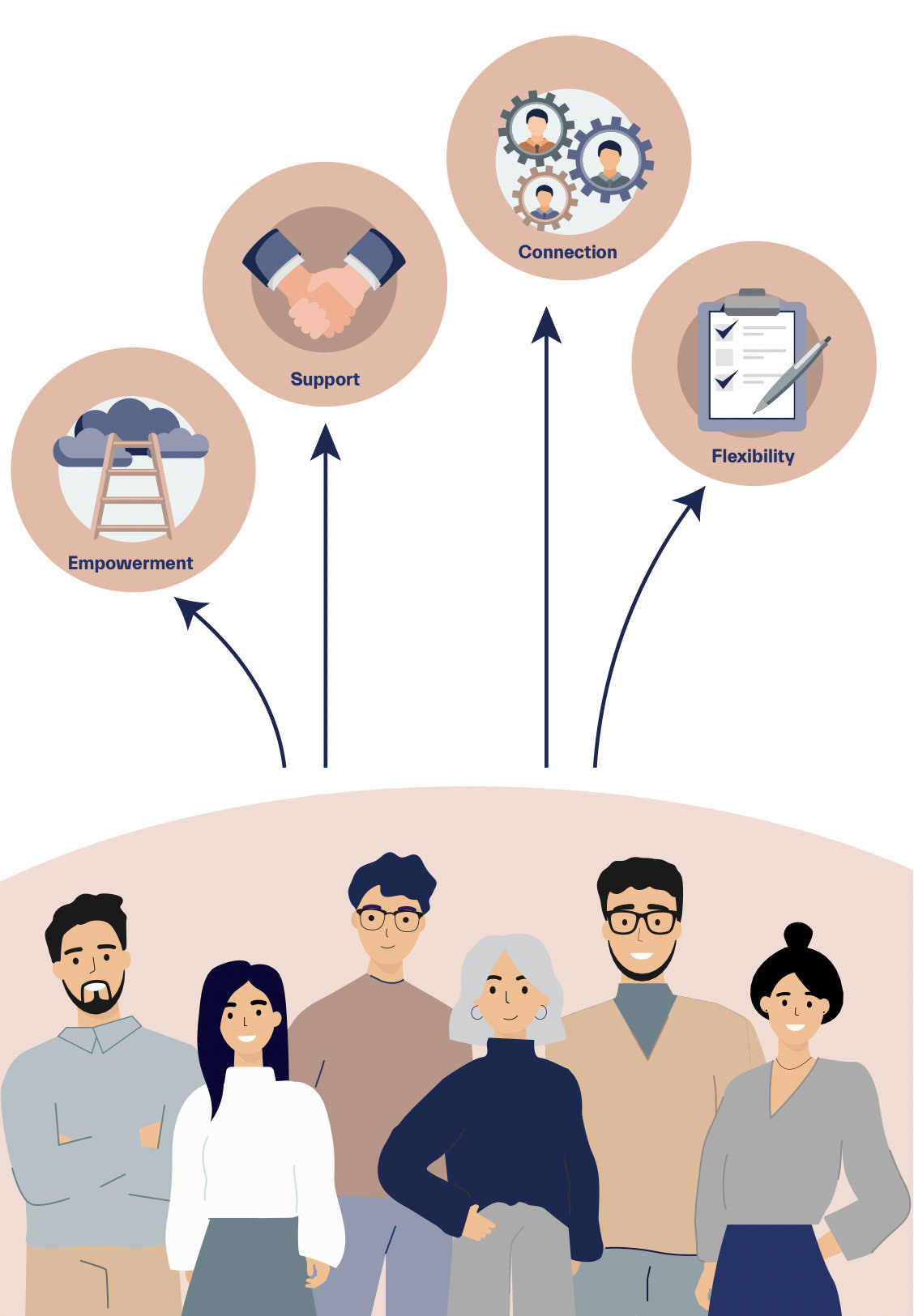
Figure 3. Design Goals
When asked about the success and progress of her findings over the 2-month period, she said “it was challenging at first and I had to conduct several trials, but eventually it paid off because all team members started using the software and found it extremely efficient. JSW Realty ended up purchasing the premium model of Asana, showing that my research was a success!”
Using the software Asana results in a significant reduction in paper waste. Creating a shift in task management, the project encourages the re-purposing of structures by making teams transition from paper to digital.